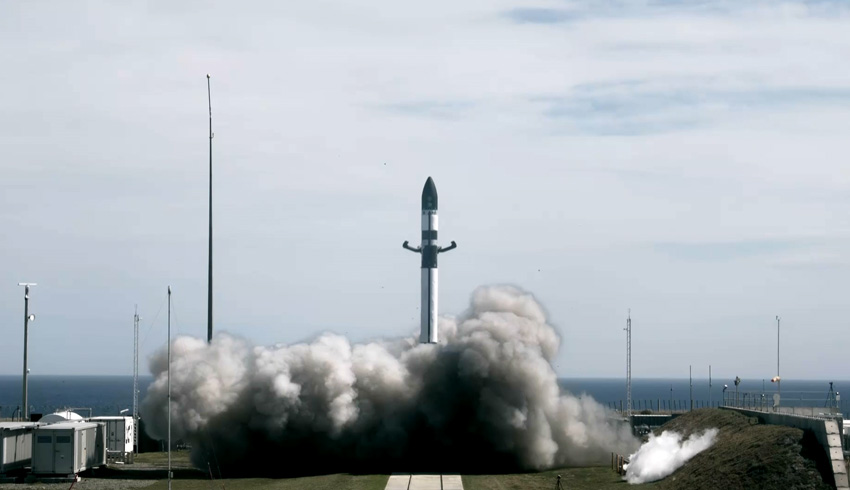
The mission – named ‘In Focus’ in a nod to the Earth-imaging satellites onboard – will lift-off in October from Rocket Lab’s private orbital launch site, Launch Complex 1, in New Zealand.
The mission will deploy a total of 10 satellites to precise and individual orbits. The mission will be Rocket Lab’s 15th launch overall and fifth mission of 2020, making Electron the second most-frequently launched US orbital rocket this year.
Earth-imaging company Planet has nine of their latest generation SuperDove satellites booked on the mission for deployment to a 500-kilometre morning-crossing sun synchronous orbit (SSO).
Each of the nine SuperDoves will be integrated with and deployed from Rocket Lab’s Maxwell dispensers, the industry’s lightest CubeSat dispenser in its class. Planet’s Flock 4e of SuperDoves will join the company’s constellation of Earth-observation satellites already on orbit providing medium-resolution global coverage and near-daily revisit.
Rocket Lab’s founder and CEO, Peter Beck, said the mission demonstrates the industry-leading flexibility Electron provides to small satellite operators by deploying multiple spacecraft to their various target destinations even when flying as part of a rideshare.
“With Electron, we designed a launch system that makes access to space easy and puts our customers in the driver’s seat of their missions, and we’re proud to be delivering on that even through times of global disruption,” Beck said.
The 10th and final payload aboard this mission, Canon Electronics’ CE-SAT-IIB, was arranged by satellite rideshare and mission management provider Spaceflight. CE-SAT-IIB is a technical demonstration microsatellite developed by Canon Electronics Inc.
It has a middle-size telescope equipped with an ultra-high sensitivity camera to take night images of the Earth and small size telescopes which are suitable for CubeSat use.
Rocket Lab has multiple missions scheduled for the remainder of 2020, including an upcoming launch in Q4 earmarked for the company’s first Electron first stage recovery attempt.
The Electron’s first stage will be equipped with new hardware, including a reaction control system and an in-house designed parachute system, to orient the booster during its re-entry descent and slow down the first stage before a soft landing in the ocean where it will be collected by a ship.
Receive the latest developments and updates on Australia’s space industry direct to your inbox. Subscribe today to Space Connect here.









